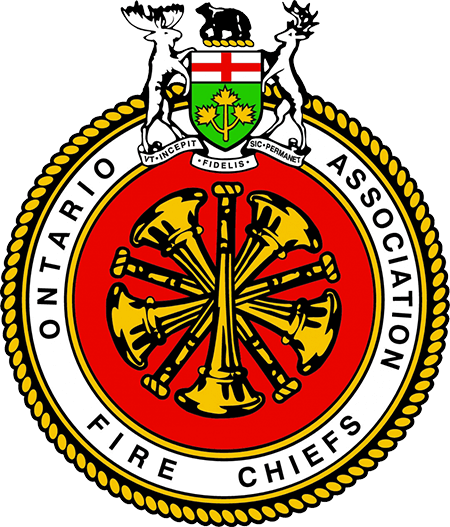Fire chiefs in south Niagara are showing both complacency and support for new provincial legislation that now allows full-time firefighters to also volunteer their services outside of the regular hours for which they are paid.
In its recent economic review, the provincial government said it would be proposing amendments to the Fire Protection and Prevention Act to reform collective bargaining arbitration between municipalities and firefighting associations to make it more "transparent, efficient and accountable" by allowing full-timers to also serve as volunteer firefighters in the community where they are employed, or elsewhere.
Brian Kennedy, chief of Welland Fire and Emergency Services, said volunteers in the city have not been permitted to serve in both capacities, known as 'double-hatting,' under the rule of the International Association of Fire Fighters.
Although the new legislation would allow this to take place in Welland, Kennedy said it is "not an issue" for the men and women in his department and that he'd "rather stay out" of debating the matter — even though he is supportive of the decision.
"It presently doesn't affect us," said Kennedy in a recent interview.
"But I understand why a rural community would want to have that resource available to them," he added.
There are 54 full-time members of Welland Fire and Emergency Services and 55 volunteers.
Tom Cartwright, chief of Port Colborne Fire and Emergency Services, did not want to speak publicly about union pressure to stop full-time firefighters from volunteering in his city and other communities — but did say he agrees with the announcement from the province about changes on the way.
"There's no reason they shouldn't be allowed to be volunteer firefighters if they're a full-time, professional firefighter in another municipality, or in the municipality in which they work," said Cartwright.
He used examples of men and women in fire services also having other occupations like carpenters, plumbers, and electricians — saying double-hatting is no different.
Early in his career, before coming to Niagara, Cartwright was a full-time firefighter in Markham and also a volunteer in Georgina, a small town near Lake Simcoe, at the same time.
"The reality is I think it's something that's been going on for a number of years," he said.
"There's been a lot of needless pressure put on full-time firefighters who volunteer in other communities," he added.
In Port Colborne, there are 32 volunteer firefighters and 12 full-time members of the fire department.
Pelham's fire chief, Bob Lymburner, oversees 91 volunteers in his department and a small number of administrative positions.
He's also praising the province's choice to allow fire service personnel in Ontario to wear two hats, citing the expertise full-time staff can bring to the table when it comes to training as a major asset.
"They're highly skilled and they come back and help us, train us and share their experiences with us," said Lymburner, who also was a double-hatter for 14 years previously.
"I couldn't put a value on what full-timers bring to small volunteer departments," he said.
Link to original article in The St. Catharines Standard: Fire chiefs react to provincial ‘double-hatting’ legislation
